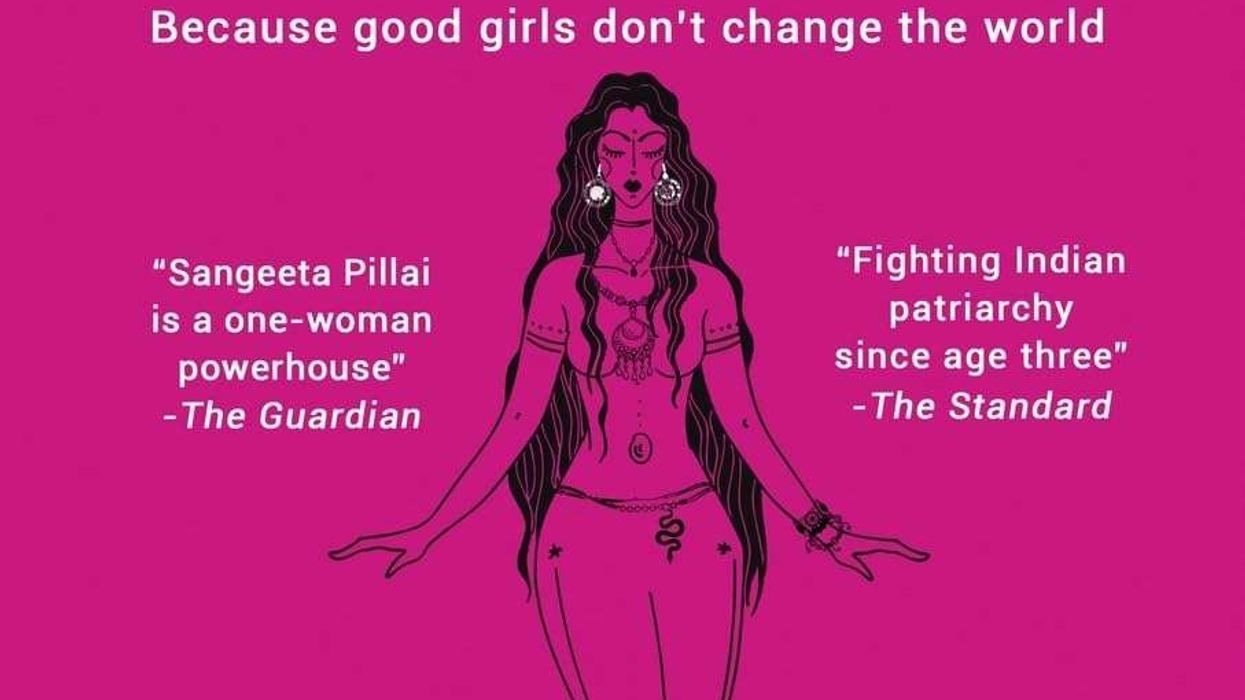LONDON EXHIBITION FEATURES ARTIST’S VARIED EXPERIMENTS WITH THE MEDIUM
AMIT ROY
THERE are some 340 works of art at the Royal Academy London’s “ground-breaking” new exhibition, Picasso and Paper, one of the most comprehensive of its kind. It is worth noting that the artist was influenced by African culture.
In fact, there is a photograph of Picasso, taken in 1908 in his studio when he was 27, surrounded by African objects.
The three curators from the institutions which have put the exhibition together – Ann Dumas from the Royal Academy, William Robinson from the Cleveland Museum of Art and Emilia Philippot from Musée National Picasso in Paris – spent four and-a-half years making their selections.
These have been divided into rooms dealing with Picasso’s blue and rose periods, Cubism and surrealism, his reaction to the Second World War, his visits to the circus and the theatre, his reflections on both violence and tenderness using the Minotaur and how he kept “reinventing himself”. His art remained youthful and vibrant even as he approached death after an 80-year career at the age of 91 in 1973.
“One of the most important artists of the 20th century, Pablo Picasso (1881-1973) worked across a range of mediums including painting, sculpture, ceramics and graphic arts,” the Royal Academy points out.
“He also invented a universe of art involving paper. His prolonged engagement with the medium grew from the artist’s deep appreciation of the physical world and his desire to manipulate diverse materials. He drew incessantly, using many different media, including watercolour, pastel and gouache, on a broad range of papers. He assembled collages of cut-and-pasted papers; created sculptures from pieces of torn and burnt paper; produced both documentary photographs and manipulated photographs on paper; and spent decades investigating an array of printmaking techniques on paper supports.”
Picasso’s great masterpiece of the Blue Period, La Vie, 1903, is on display with preparatory drawings and other works on paper exploring corresponding themes of poverty, despair and social alienation.
We are told that “Picasso didn’t just draw on paper – he tore it, burnt it, and made it three-dimensional.
From studies for Guernica to a 4.8-metre-wide collage, this exhibition brings together more than 300 works on paper spanning the artist’s 80-year career.
“For Picasso, paper was both a tool to explore his ideas and a material with limitless possibilities.
He experimented with everything from newsprint and napkins to decorative wallpaper. He spent decades investigating printmaking techniques, sourcing rare and antique paper from as far as Japan – and all without losing his compulsion to draw on every last scrap.
“From effortlessly expressive drawings that led to towering sculptures to the colossal collage, Femmes à leur toilette, Picasso’s work with paper spans his entire lifetime and showcases his constant drive to invent and innovate.”
Picasso’s drawings are featured alongside key examples of the variety of printing techniques that he explored – etching, drypoint, engraving, aquatint, lithograph and linocut. The exhibition includes a remarkable documentary which follows Picasso brush stroke by brush stroke and show an artwork in the moment of creation. He left behind literally hundreds of sketchbooks “where the seeds of revolutionary masterpieces first took shape”.
There has been talk of how Picasso abused the many women in his life and some think that he represented himself as the Minotaur, the human figure with the head of a bull from Greek mythology.
But Robinson said during a guided tour: “He would be horrified if he could hear us. He takes things from his personal life but creates universal images out of them. The humanity of his works is what strikes me.”
Philippot revealed that Picasso “always had a sketch book in his pocket – like a studio in a pocket – for notes and ideas”, while Dumas summed up, “It’s a very rich exhibition, you probably have to come back a few times”.
Picasso and Paper is at the Royal Academy until April 13, 2020.











